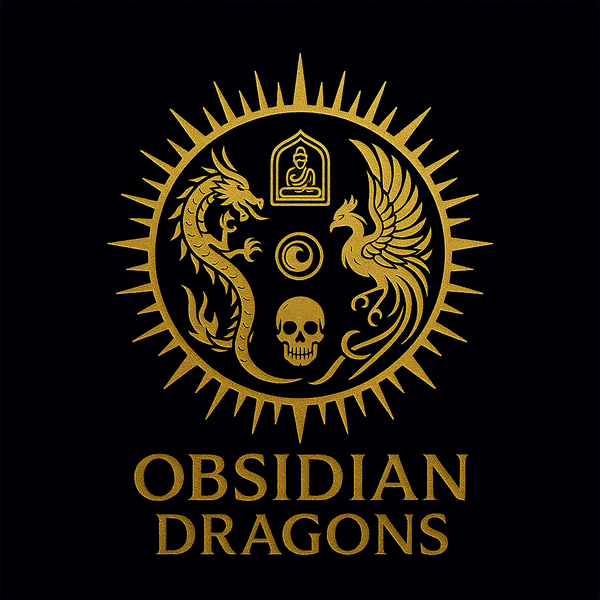PS
Buddha pendant, Samantabhadra. Buddhist protection amulet 925 silver plated with 18K gold. rotating pendant
Buddha pendant, Samantabhadra. Buddhist protection amulet 925 silver plated with 18K gold. rotating pendant
Couldn't load pickup availability
Buddhist protection amulet Bodhisattva Samantabhadra (description below)
Dimension of the pendant 60/34/8 mm Weight of 53 grams
925 silver hallmarked according to current international standards
18K gold plated.
Natural turquoise
nan hong (southern red) agate. This exceptional agate owes its intense red color to its natural cinnabar content.
As a gemologist graduated from the National Institute of Gemmology in Paris, all our stones are appraised and certified.
Mantra of Compassion.
Pendant rotating on a vertical axis.
Bodhisattva SAMANTABHADRA
Protector of people born under the sign of the dragon and the serpent Samantabhadra, whose name in Sanskrit means universal dignity, is a Mahayana bodhisattva, or great vehicle. Associated with dhyana, meditation,
he forms a triad with Buddha Siddartha Gautama and Bodhisattva Manjushri. Dignitary of the Lotus Sutra, and according to the Avatamsaka Sutra,
Samantabhadra made the Ten Great Bodhisattva Vows 1. Pay homage and respect to all Buddhas. 2. praising the Thus Come One the Tathagata (Buddha) 3. Making abundant offerings. 4. Repent from misdeeds and bad karmas. 5. Rejoicing in the merits and virtues of others. 6. Ask the Buddhas to continue teaching. 7. ask the Buddhas to remain in the world. 8. Follow the teachings of the Buddhas at all times. 9. welcome and benefit all living beings. 10. Transferring all merits and virtues for the benefit of all beings.
Known in Chinese Buddhism as Puxian, it is associated with action, while Manjushri is associated with transcendent wisdom or prajna.
Responding to the name of Fugen in Japan, Samantabhadra is the subject of an important cult in the Tendai and Shingon currents.
Considered as the adhi-buddha (Primordial Buddha) in the Nyinqma current of Tibetan Buddhism, he is often represented there in Yab-Yum, or indivisible male-female union with his wife or paredre Samantabhadri. Dzongsar Khyentse Rinpoche following the Nyingmapa Dzogchen tradition qualifies the nature and essence of Samantabhadra, the Primordial Buddha, as the originless source of the timeless and limitless Atiyoga teachings, and honors the contradictory view held by some parties that hold that the Dzogchen teachings originate from the Bonpo tradition
Or from the Chinese monk Moheyan: “Samantabhadra is not bound by time, place or physical conditions. Samantabhadra is not a two-eyed colored being. Samantabhadra is the unity of consciousness and emptiness, the unity of appearances and emptiness, the nature of mind, natural clarity with unceasing compassion – it has been Samantabhadra from the beginning.“
Unlike his more popular counterpart Mañjuśrī, Samantabhadra is only rarely depicted alone and is usually found in a trinity on the right side of Shakyamuni, riding a six-tusked white elephant. In those traditions that accept the Avatamsaka Sutra as its core instruction, Samantabhadra and Manjusri flank Vairocana Buddha, the central Buddha of that particular sutra.
He is sometimes shown in Chinese art with female features, riding an elephant with six pairs of tusks while carrying a lotus leaf 'parasol' (Sanskrit: chatra), wearing a dress and features similar to some female depictions of Guanyin. It is in this form that Samantabhadra is revered as the patron bodhisattva of the monasteries associated with Mount Emei in western China in Sichuan Province, an important Buddhist pilgrimage site. Some believe that Samantabhadra's white elephant mount was the same elephant that appeared to Queen Maya, the Buddha's mother, to announce his birth. Esoteric Mahayana traditions treat Samantabhada as one of the "Primordial" Buddhas (Sanskrit: Dharmakaya), but the main primordial Buddha is considered Vairocana.
The people of Sri Lanka worship Samantabhadra Bodhisattva as Saman (also called Sumana, Samantha, Sumana Saman). The name Saman means "the morning rising sun". The god Saman is considered one of the guardian deities of the island as well as a protector of Buddhism. Her main shrine is located in Ratnapura, where an annual festival is held in her honor.
MANTRA OF COMPASSION "OM MANI PADME HUM"
According to Tibetan Buddhism, reciting the Chenrezi mantra Om Mani Padme Hum, aloud or inwardly, is an invocation of the benevolent and powerful mindfulness of Chenrezig, an expression of the Buddha's compassion. Seeing the written mantra can have the same effect, which is why it is found in clearly visible places, even engraved in stone. He can also be summoned using prayer wheels on
which the mantra is inscribed, sometimes thousands of times. It exists
different formats of prayer wheels: there are those that you can carry with you and turn with one hand, and there are others that are so big and so heavy that several people are needed to spin them. According to Tibetan Buddhist monks, the mantra Om Mani Padme Hum (Hung) alone brings together all of the Buddha's teachings.
Each syllable closes a door to reincarnation:
OM: Closes the door to the world of the Devas (gods).
MA: Close the door to the world of the asuras (demi-gods).
NI: Close the door to the human world.
PAD: Close the door to the animal world.
ME: Close the door to the world of pretas ("greedy spirits").
HUNG: Shut the gate to hell. Each syllable purifies a veil:
OM: purifies the veil of the body.
MA: purifies the veil of speech.
NI: purifies the veil of the mind.
PAD: purifies the veil of contradictory emotions.
ME: purifies the veil of substantial existence.
HUNG: purifies the veil that covers knowledge.
Each syllable is a mantra in itself:
OM: for the body of the Buddhas.
MA: for the words of the Buddhas.
NI: for the spirit of the Buddhas.
PAD: for the virtues of the Buddhas.
ME: for the accomplishments of the Buddhas.
HUNG: for the grace of body, speech, mind, virtue and all the accomplishments of the Buddhas.
Each syllable corresponds to one of the six paradigms or transcendental perfections:
OM: generosity.
MA: ethics.
NI: tolerance.
PAD: perseverance.
ME: concentration.
HUNG: discernment.
Each syllable is also connected to a Buddha:
OM: Ratnasambhava.
MA: Amaoghasiddi.
NI: Vajradhara
PAD: Vairocana.
ME: Amitabha.
HUNG: Akshobya.
Each syllable of the mantra purifies us of a defect:
OM: pride.
MA: the desire / the desire to have fun.
NI: passionate desire.
PAD: stupidity / prejudice.
ME: poverty / possessiveness.
HUNG: aggression / hatred.
Finally, each syllable corresponds to one of the six wisdoms:
OM: the wisdom of stability.
MA: all-fulfilling wisdom
NI: wisdom emanates from oneself
PAD: all-embracing wisdom (dharma)
ME: discriminating wisdom
HUNG: mirror-like wisdom.
Share
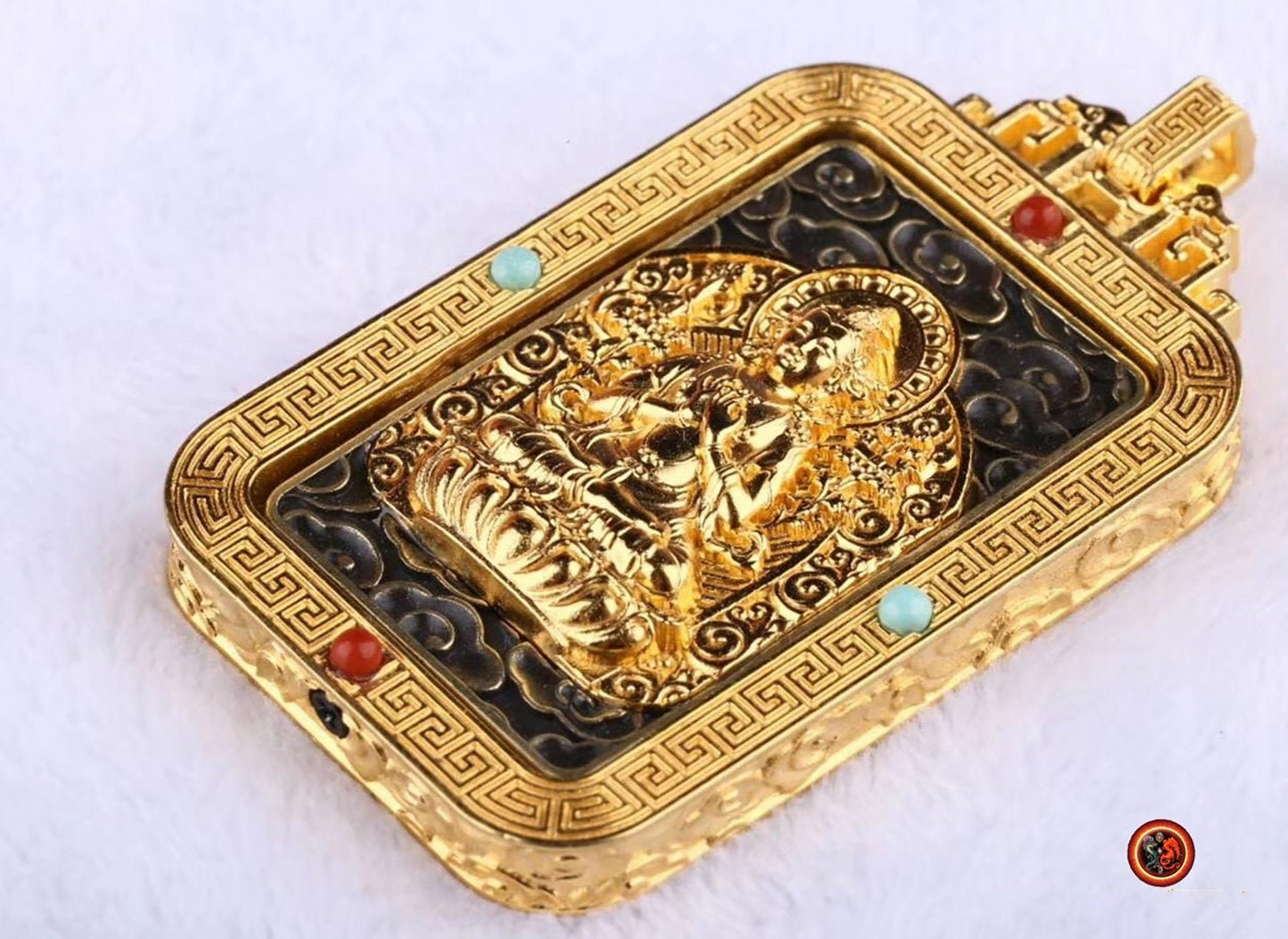
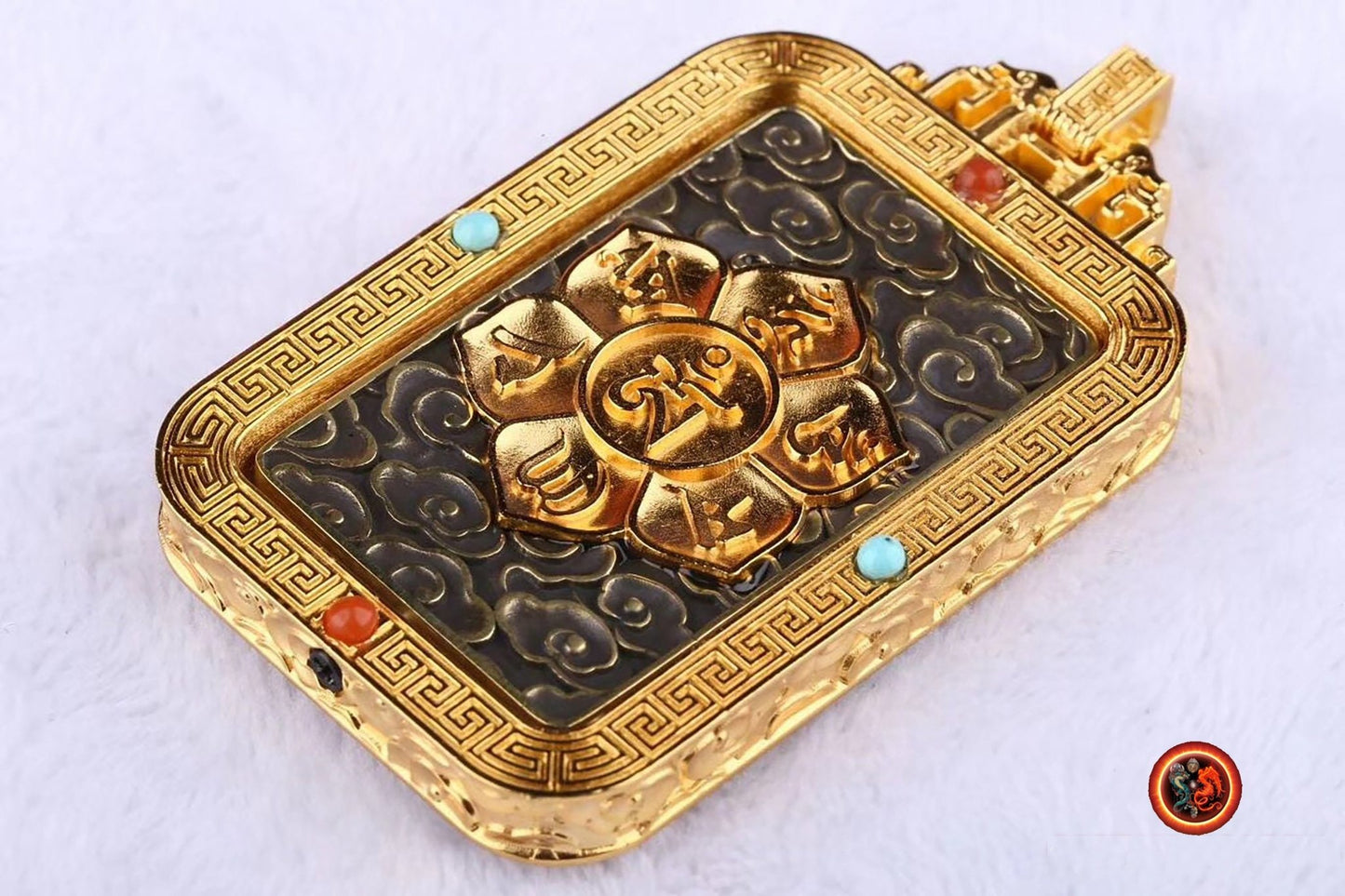

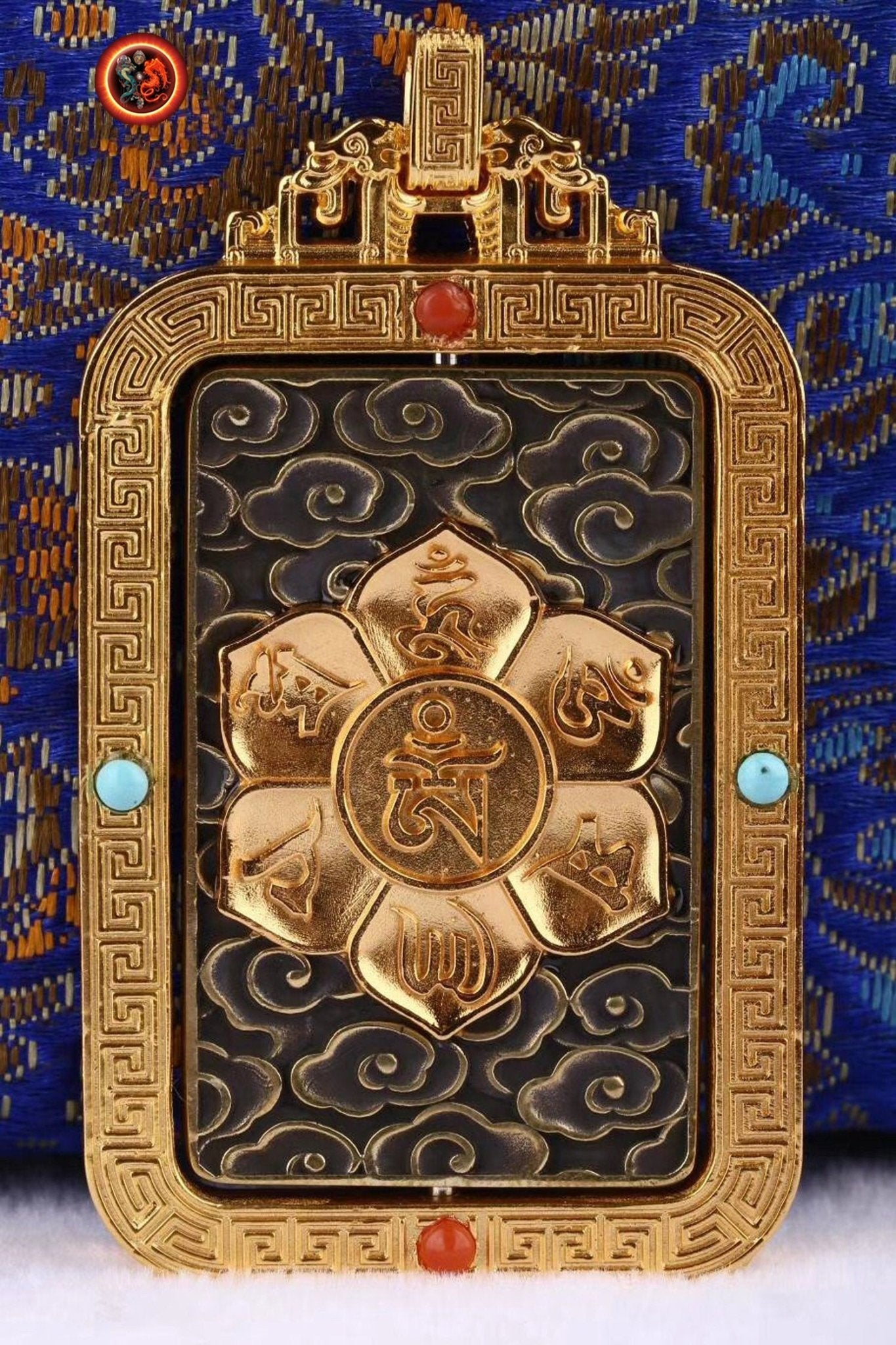
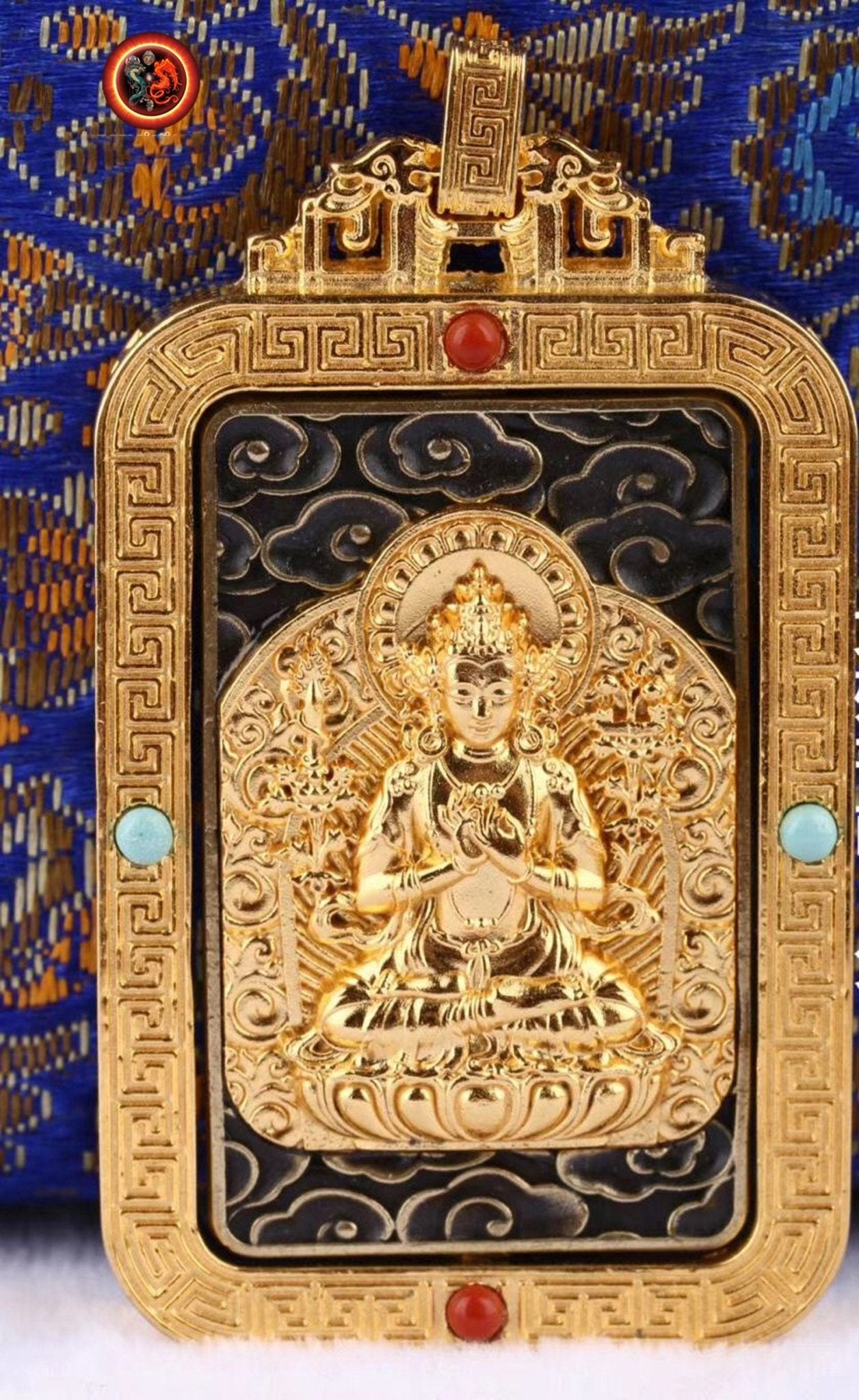
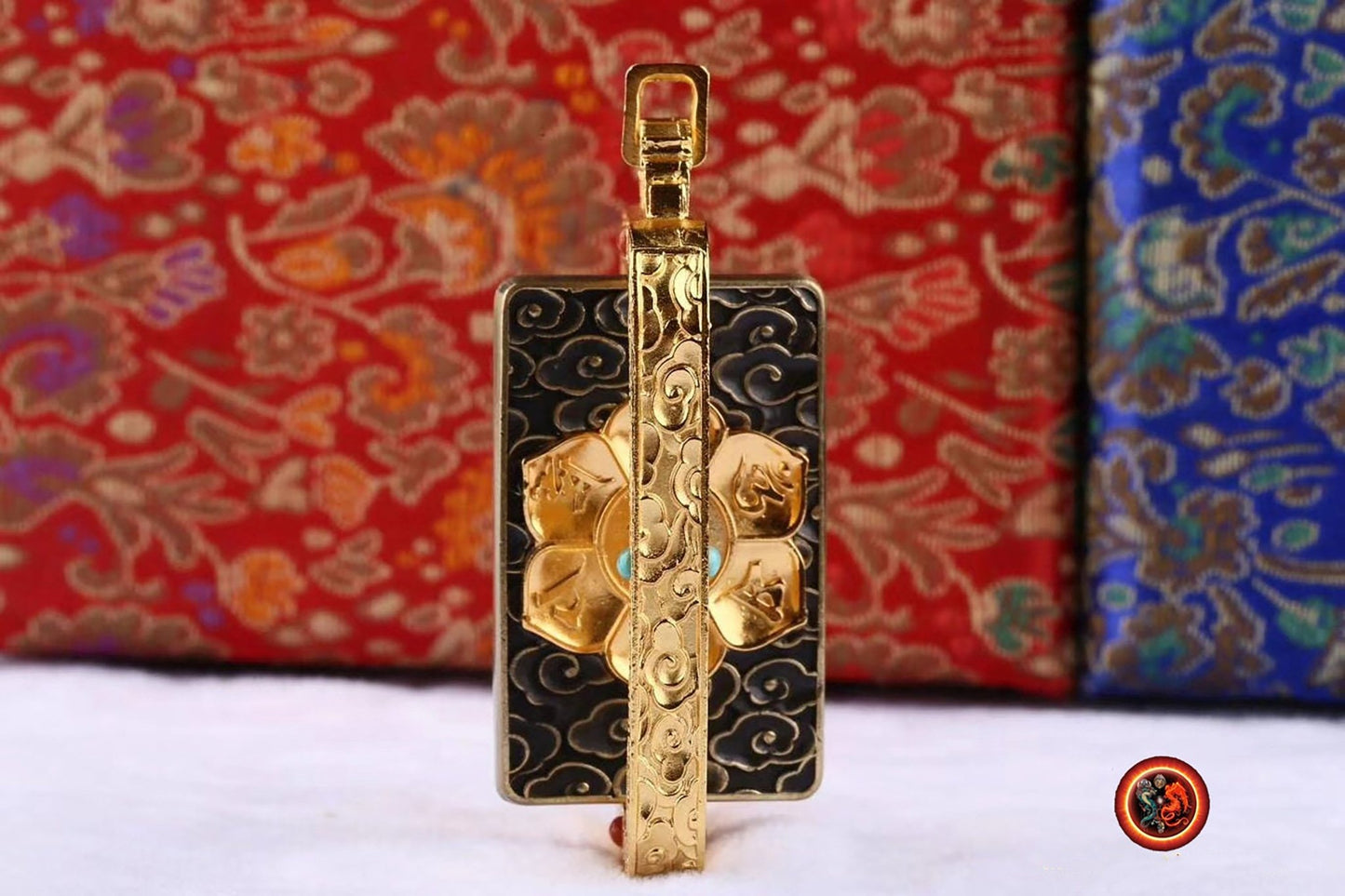
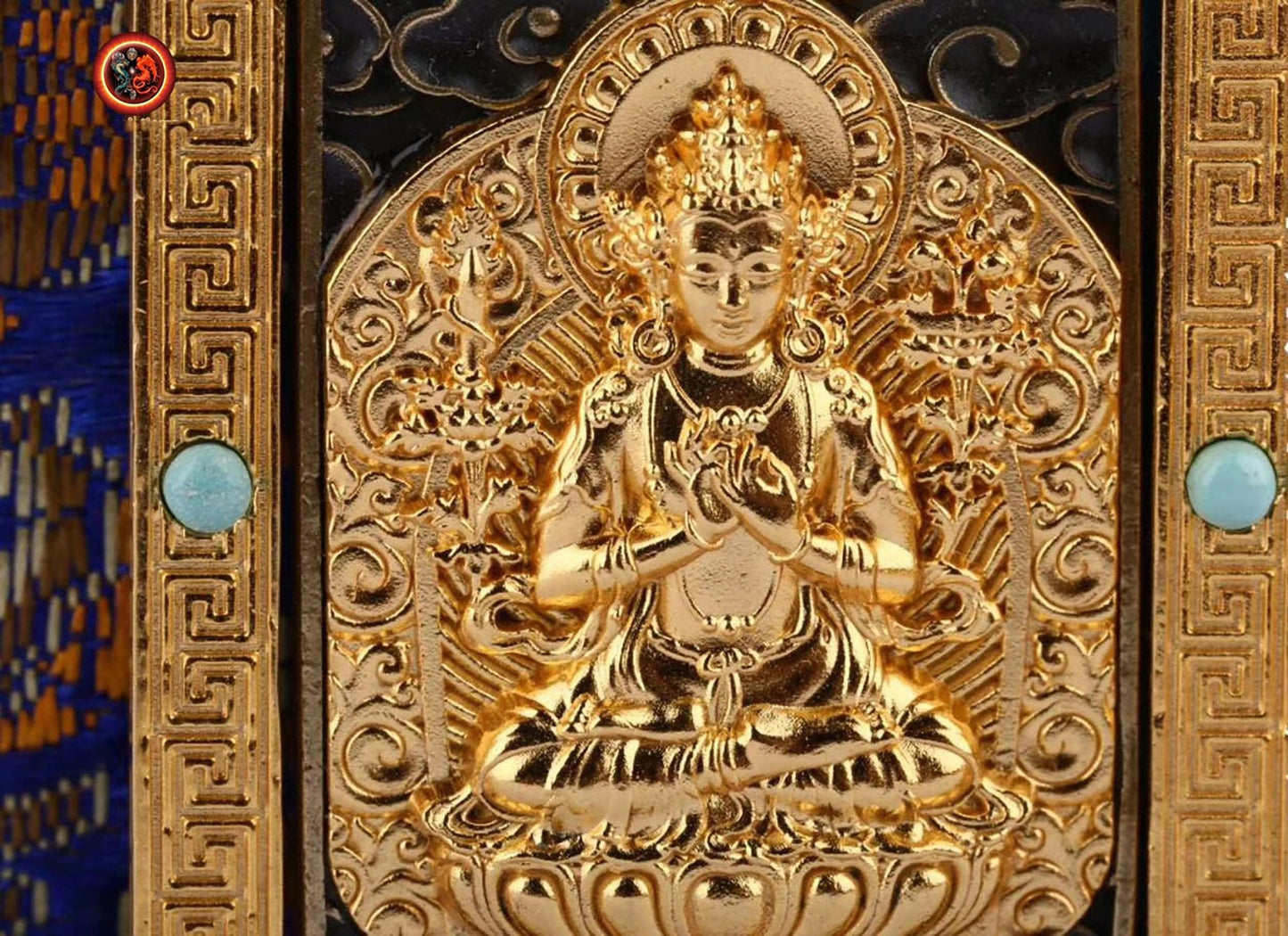


Return conditions for a Zen purchase
We offer you a money back guarantee within 14 days after delivery of your order.
If you are not completely satisfied with your purchase, please contact us to arrange a return of the product and a refund.
Except for returns, shipping is free on all orders.
Multi-column
Button text-
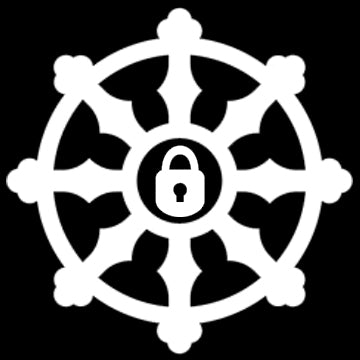
100% secure payment
3 times interest-free option with Scalapay
-

Free delivery in France and internationally
14 days money back guarantee after delivery (see our conditions of sale)
-
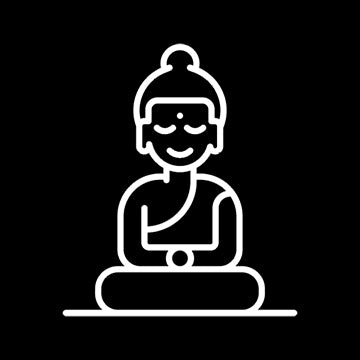
Column
Excellent customer service
Live chat
Whatsapp +33674049312
Let customers speak for us
from 917 reviews4eme pièce que j'achète et encore une fois, jamais déçue de l'unicité et de l'originalité. Coup de cœur pour ce bracelet en magnifiques molaires de mammouth, charge de vie et d'histoire. Attention pour un tout petit poignet de fille comme le mien cela peut être trop grand. N'hésitez pas à poser la question à Jeremy sur les tailles, il répond toujours et il est très réactif.

Déjà j’au été très impressionné par la qualité du site web pour tout chercheur de vérité mais également pour la disponibilité de Jérôme qui a su dépasser mes plus grandes attentes pour la commande sur mesure d’un mala en Obsidienne Œil Céleste – Dragon & Bagua Feng Shui. Gràce à ce puissant talisman je peux désormais continuer ma route sereinement. Un très grand merci sincèrement.

magnifique, puissant et apaisant, il m'aide à garder mon calme je le trouve absolument parfait!

J'ai eu l'occasion de rencontrer Jérémy sur Paris avant l'achat...très bon contact avec lui ..il sait de quoi il parle...je suis revenu vers lui pour l'achat de cette magnifique statue...elle a été emballee avec beaucoup de soin pour une expédition de chine... vraiment très satisfait de cet achat..merci

Pendentif dragon en obsidienne œil céleste - Symbole spirituel

Le collier est superbe, et ce pendentif magnifique, ses détails! et l'odeur du bois de santal que c'est agréable! Qualité extra! Contact excellent avec Jérémy, merci beaucoup pour votre gentillesse! Quelle qualité, vivement le mala !

L'objet est très joli et malgré que je ne sois pas un spécialiste, je trouve que le crystal est beau. Il n'est pas parfait et cela me rassure sur la qualité du produit qui est sensé être naturel donc imparfait.
Très bien emballé et en plus housse de rangement offerte.
MERCI

J’ai commandé un crâne de dragon, il est super beau et très puissant. Je l’adore 😍 Et l’envoi a été très rapide 🤗 merci 🙏🏻

bracelet puissant, je suis content de mon achat

Cet artisan est gémologue, il travaille avec des artisans qui sont des vrais artistes, je suis bluffé par la qualité des ouvrages sur l’argent et sa qualité. Quand à la qualité des pierres pas besoin d’être gémologue pour voir la qualité exceptionnelle des pierres, encore une fois le travail de sculpture est exceptionnel.
Mon mala traditionnel est une pure merveille dans la tradition originelle. Le ghau est une merveille qui me comble.
Bref que dire de plus :). Allez sur son site.
PS : vendeur qui connait son métier et les traditions bouddhistes ce qui est un plus en plus :)

Ce crâne est un Etre de Lumière. Attirant , inspirant , "parlant".
Il est un Ami qui tire mes pensées vers le Haut.
Ses énergies vibrent à des fréquences élevées. Il est puissant dans la douceur.
Un crâne de Dragon m'assite également. Merveilleux !

Très beaux bracelet et très puissants

Magnifique crâne givré de l'Himalaya.

cette chevalière est tres bien réalisé, avec beaucoup de détails, je suis heureux de l'avoir

